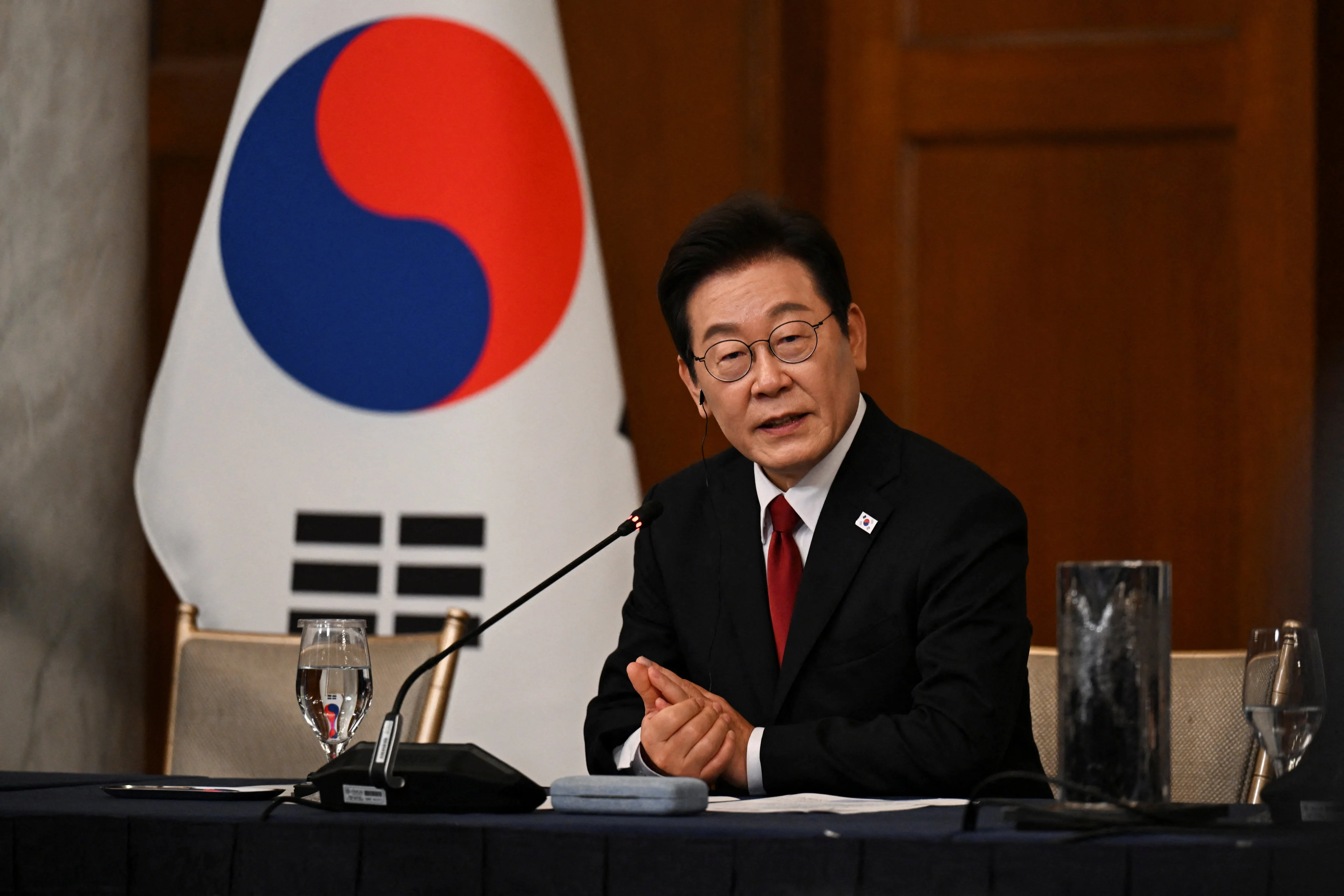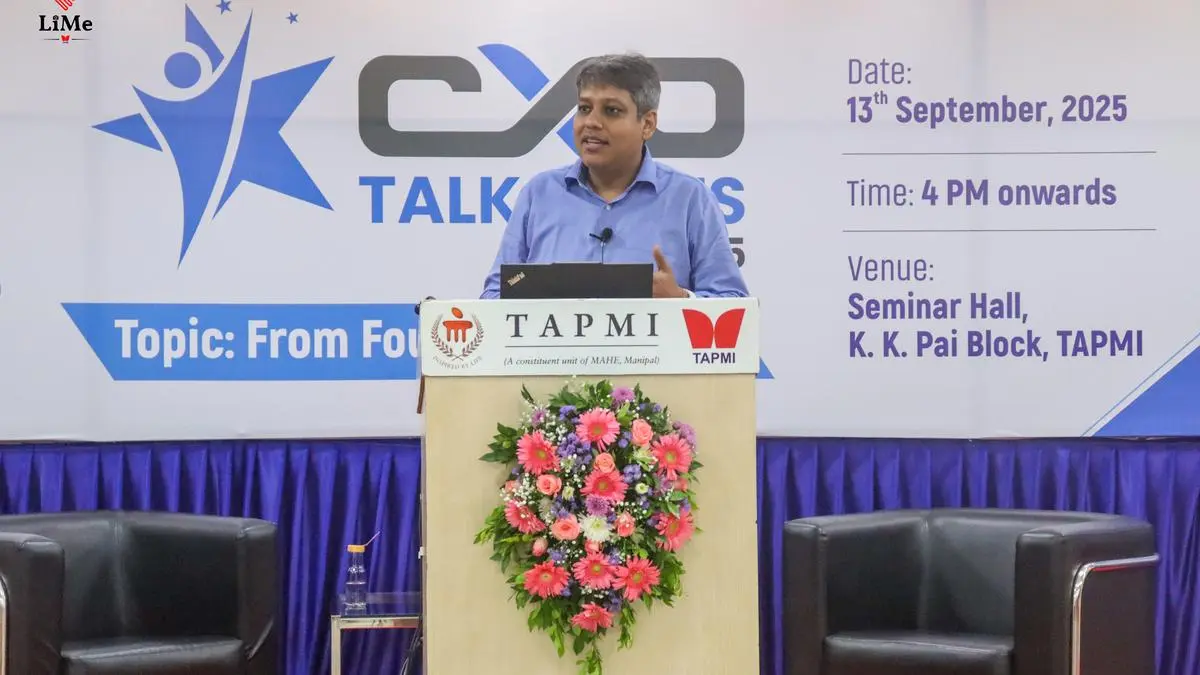By Sobia Khan
Copyright indiatimes

India is in the midst of a demographic transformation, with nearly 19,500 people turning 60 every day. The number of Indians aged 60 and above is projected to reach 347 million by 2050, accounting for almost 21% of the country’s population, according to the PwC-ASLI Senior Care Report 2024. This surge, often referred to as the “Silver Tsunami,” is fueling demand for organized senior care services—an industry currently valued at $10-15 billion and projected to grow to $30-50 billion within the next decade.The report mentioned that changing family structures, urban migration, and rising life expectancy—from 62.5 years in 2000 to 70.8 years in 2021—are reshaping elderly care needs. While 70% of seniors continue to live in rural areas, it is India’s urban centers that are experiencing the sharpest growth in demand for retirement homes, assisted living, home healthcare, and technology-enabled eldercare solutions.“Beyond necessity, it is a sector of opportunity and innovation. Collaboration across government, industry, and communities can ensure seniors live healthier, engaged, and meaningful lives, embracing ageing with pride,” said Anatharam Varayur, Co-founder of Manasum Homes, that plans to double its inventory to 2500 units by the end of current financial year.According to experts, private investment has emerged as a key driver of this transformation. Several players, including Columbia Pacific Communities, Antara, and Ashiana Housing, have expanded aggressively. Among them, Primus Senior Living has announced one of the largest commitments—investing over ₹1,500 crore to develop more than 3,500 homes across six metros, backed by global healthcare investor General Catalyst and entrepreneur Nikhil Kamat.Adarsh Narahari, Founder and Managing Director of Primus Senior Living, said the company’s mission is to redefine how India perceives ageing. “Our vision is to transform how Indians age—focusing on healthspan, not just lifespan. We want to bring dignity, comfort, and purpose to millions of seniors by creating communities where they can live independently while accessing world-class care when needed,” Narahari told ET.Live EventsOptimism is widespread across the industry. The PwC-ASLI survey revealed that 84% of providers expect robust sector growth over the next 15 years. Moreover, 67% of stakeholders called for increased partnerships and funding, while 59% emphasized fostering innovation through technology adoption and new care models.Technology, in particular, is emerging as a cornerstone of senior care in India. From telemedicine and IoT-enabled home monitoring to lifestyle platforms designed specifically for seniors, “ElderTech” solutions are now central to strategies that improve both independence and quality of life. The report points out that 37.5% of providers plan to expand telehealth services, underlining its importance for the next phase of growth.However, challenges remain. The report flags critical gaps in regulation, financing, and workforce training. Despite the demographic urgency, less than 0.1% of state health budgets are earmarked for elderly care, with allocations often absorbed into broader non-communicable disease categories. Compounding this, India produces fewer than 80 geriatricians annually, far short of demand.“The future of senior care in India is poised for a major transformation—thanks to new care models, technology and a skilled workforce. But for this to truly succeed, we need to solve for affordable insurance, clear regulations, and greater investment in innovation, from home care to assisted living. Only then can we build a system with the trust, scale, and sustainability our seniors deserve,” said Rana Mehta, PwC India Partner & Leader–Health Advisor. Insights from the recent PwC-ASLI survey underscore overwhelming optimism within the senior care ecosystem, with 83% of stakeholders expressing high confidence over the next 15 years. Principal growth drivers signal a paradigm shift: increased service acceptability (83%), rising awareness (62.5%), and improved affordability (58%).“The aspirations of seniors are evolving very rapidly and we need to empower them with choice, dignity, and seamless care. The market is scaling fast, embracing tech, specialized care, and integrated living. Technology in the Indian context is not an option but an imperative that will help scale up, ensure quality and efficiency,”said Rajit Mehta, Chairman, ASLI. However despite these hurdles, investor confidence is strong. Rising demand among both affluent retirees and the middle class is reshaping perceptions of senior living from stigma to aspiration. Retirement communities today are seen not just as care facilities but as lifestyle choices that offer independence, companionship, and security. “Ageing in India should not mean decline—it should mean independence, engagement, and fulfilment. That is the future we are building towards,” said Narhari.Add as a Reliable and Trusted News Source Add Now!
(You can now subscribe to our Economic Times WhatsApp channel)
Read More News onIndia silver economysenior care servicesaging population Indiaretirement homes Indiaelderly care industry growthsenior living trendsashiana housing
(Catch all the Business News, Breaking News, Budget 2025 Events and Latest News Updates on The Economic Times.) Subscribe to The Economic Times Prime and read the ET ePaper online….moreless
(You can now subscribe to our Economic Times WhatsApp channel)Read More News onIndia silver economysenior care servicesaging population Indiaretirement homes Indiaelderly care industry growthsenior living trendsashiana housing(Catch all the Business News, Breaking News, Budget 2025 Events and Latest News Updates on The Economic Times.) Subscribe to The Economic Times Prime and read the ET ePaper online….moreless
Prime ExclusivesInvestment IdeasStock Report PlusePaperWealth Edition123View all Stories



